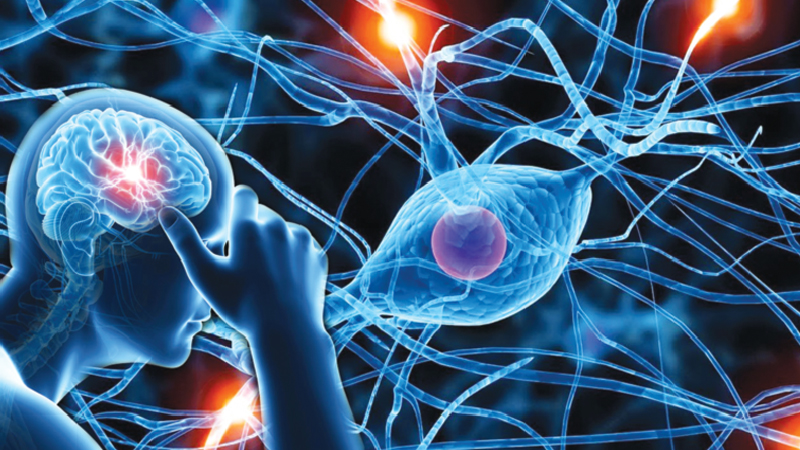
Imagine this: You’re in the middle of a bustling crowd in migraines new york, the city that never sleeps. Suddenly, the world around you twists and turns. Bright, neon lights become blinding, the cacophony of traffic turns deafening, and an intense, throbbing pain cripples your mind. This is not a scene out of a sci-fi movie. This is the life-altering reality of a neurological disorder. Across the globe, millions have their quality of life tampered with by neurological disorders, from the debilitating pain of migraines to the numbing progression of multiple sclerosis. It’s a battle waged in the brain, unseen but deeply felt. As we delve into this topic, we’re going to explore how neurological disorders affect a person’s quality of life and what we can do about it.
The Invisible Warfare
Neurological disorders are often invisible to the naked eye. Yet, the struggling mind is like a battlefield. The impact on a person’s quality of life is huge – from chronic pain to sleep disorders, to difficulties with speech and movement. Each day becomes a new challenge.
The Personal Impact
Sufferers of neurological disorders often feel misunderstood. Their pain is not visible like a broken arm or a scraped knee. It lurks within, disrupting their lives in profound ways. They may have to grapple with their jobs, relationships, and simple daily tasks. The struggle is real and often lonely.
The Social Consequences
Not only do these disorders take a toll on the individuals, but they also affect their families and communities. The ripple effects are far-reaching. The need for care can strain relationships. The loss of productivity can affect communities. The medical bills can pile up.
What Can Be Done?
Facing a neurological disorder is daunting. But there is hope. Advancements in medical science have led to better understanding and treatments. We are not powerless. Early diagnosis can lead to more effective management. Support and education can alleviate the social consequences.
A Ray of Hope
Living with a neurological disorder can feel like being lost in a dark tunnel. But every tunnel has an end, every night dawn. With better awareness and medical advancements, the journey can become easier. The battle is tough, but it is not un-winnable. Miracles happen every day in the world of neurology. Let’s keep the hope alive.
